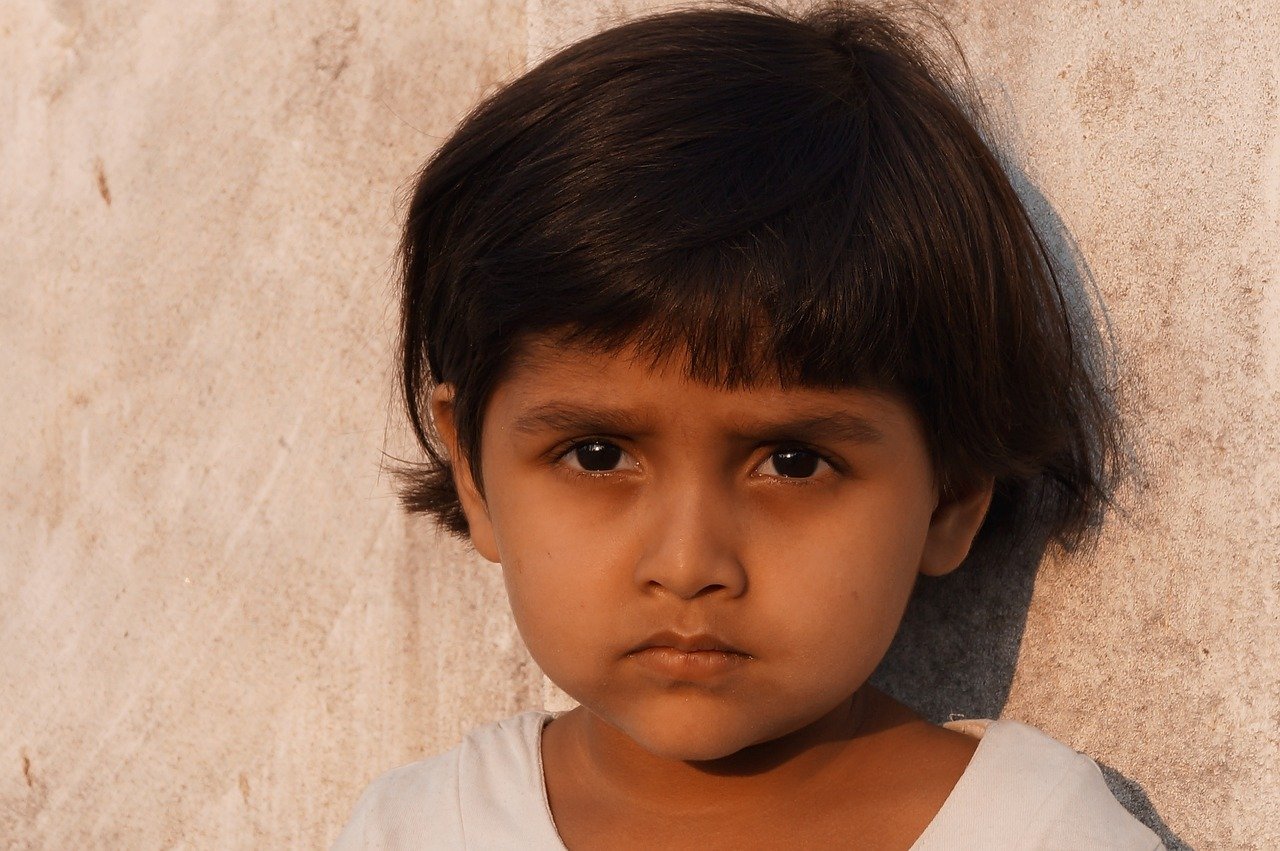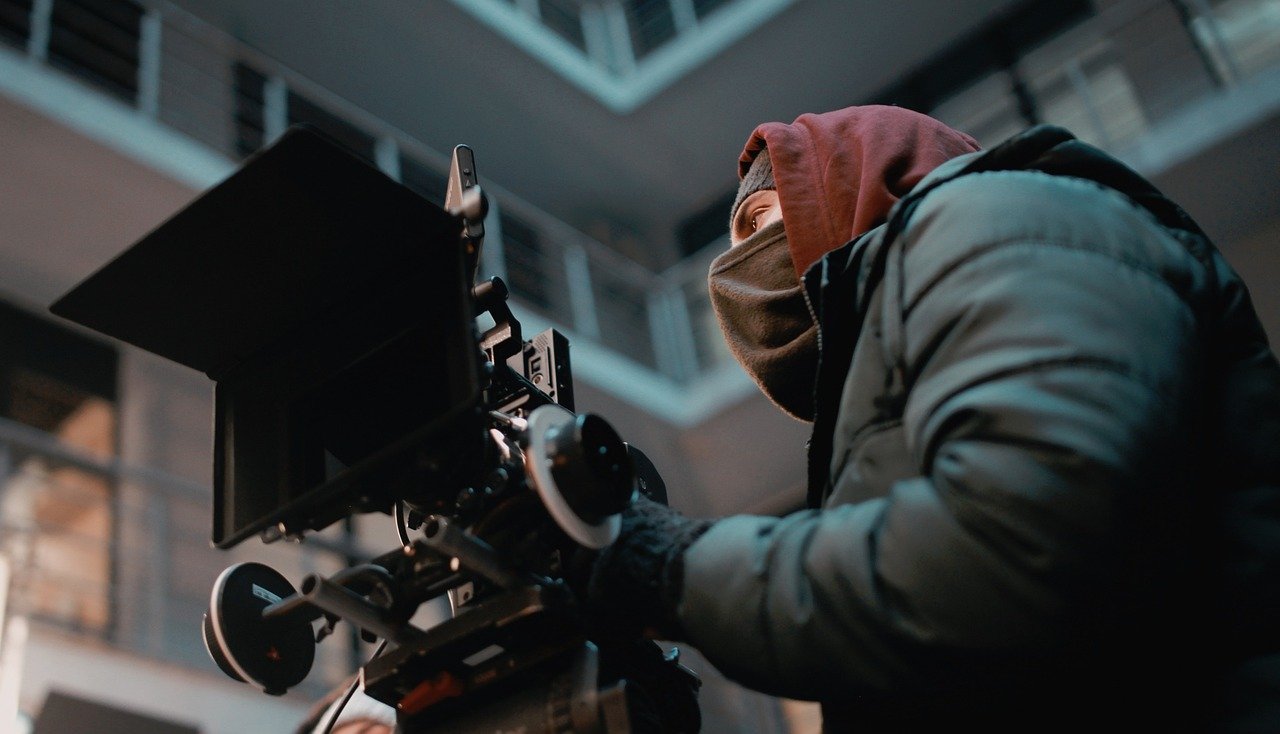Photography and Videography: Capturing Moments in Time Introduction Photography and videography are creative arts that…
Portrait Photography
Portrait photography is an art form that allows photographers to capture the essence and personality of an individual or a group of people. It involves the careful composition and lighting of a subject to create visually striking and captivating images. In this article, we will explore the world of portrait photography, from its history and techniques to tips for capturing stunning portraits. Whether you’re a professional photographer or an aspiring enthusiast, this guide will provide you with valuable insights to enhance your portrait photography skills.
1. Introduction to Portrait Photography

Portrait photography is a genre that focuses on capturing the unique characteristics and emotions of an individual or a group. The goal is to create a compelling image that reflects the subject’s personality, mood, and story. It requires a combination of technical skills, creativity, and a deep understanding of human nature.
2. History of Portrait Photography
The history of portrait photography dates back to the early 19th century when the medium was first invented. Since then, portrait photography has evolved significantly, with various styles and approaches emerging over time. From formal studio portraits to candid lifestyle shots, photographers have continuously pushed the boundaries of this art form.
3. Understanding Lighting Techniques

Lighting is one of the most crucial aspects of portrait photography. It has a significant impact on the mood, depth, and overall quality of the image. Photographers can use natural light, artificial light, or a combination of both to create the desired effect. Understanding different lighting techniques, such as Rembrandt lighting, split lighting, and backlighting, can elevate the impact of your portraits.
4. Choosing the Right Location

The choice of location can greatly enhance the visual appeal of a portrait. Whether it’s a picturesque outdoor setting, a well-designed studio, or a meaningful place for the subject, the location sets the stage for the photograph. Consider the mood you want to convey and select a location that complements the subject’s personality and story.
5. Posing and Directing Subjects
Posing and directing subjects is an essential skill for portrait photographers. It involves guiding individuals to create natural and flattering poses that highlight their best features. Effective communication and building rapport with your subjects are crucial for capturing authentic expressions and emotions.
6. Equipment and Gear for Portrait Photography

While talent and skill are more important than equipment, having the right gear can make a significant difference in your portrait photography. A good camera, a versatile lens, and appropriate lighting equipment are essential tools for achieving professional-looking results. Invest in high-quality equipment that suits your style and budget.
7. Camera Settings for Portraits

Understanding camera settings is essential for capturing stunning portraits. Adjusting the aperture, shutter speed, and ISO allows you to control the depth of field, motion blur, and exposure. Experimenting with different settings and understanding their impact will give you more control over the final image.
8. Post-Processing and Retouching

Post-processing plays a vital role in enhancing and refining portraits. Editing software such as Adobe Photoshop or Lightroom enables you to adjust colors, tones, and remove imperfections. However, it’s important to maintain a balance and not overdo the retouching, preserving the natural beauty of the subject.
9. Creative Ideas for Portrait Photography
Portrait photography offers endless creative possibilities. Experiment with different compositions, angles, and perspectives to add visual interest to your portraits. Incorporate props, interesting backgrounds, and unique styling to make your images stand out and tell a story.
10. Tips for Photographing Children and Pets

Photographing children and pets requires a different approach and set of skills. Patience, flexibility, and a playful demeanor are key to capturing genuine and spontaneous moments. Create a comfortable and safe environment for your subjects, and be prepared to adapt to their unpredictable behavior.
11. The Importance of Communication and Connection
Establishing a connection with your subjects is crucial for creating impactful portraits. Communicate clearly, provide direction, and make your subjects feel comfortable and at ease. Building trust and establishing a rapport allows you to capture genuine emotions and expressions.
12. Building a Portfolio as a Portrait Photographer

A strong portfolio is essential for showcasing your skills and attracting clients as a portrait photographer. Select your best work and curate a collection that represents your unique style and expertise. Consider creating an online portfolio or participating in exhibitions and competitions to gain exposure and recognition.
13. Exploring Different Styles of Portraiture
There are various styles and approaches to portraiture, each with its own characteristics and visual language. From traditional formal portraits to candid street photography, explore different styles and experiment to find your niche. Developing your signature style sets you apart and makes your work memorable.
14. Ethics and Consent in Portrait Photography

Respecting the privacy and consent of your subjects is paramount in portrait photography. Always obtain permission before photographing someone, especially in intimate or vulnerable situations. Be mindful of cultural sensitivities and legal regulations regarding the use and distribution of the images.
15. Conclusion
Portrait photography is a captivating art form that allows photographers to capture the beauty, personality, and emotions of individuals. By understanding the techniques, mastering lighting, and developing a connection with your subjects, you can create compelling and memorable portraits. Remember to experiment, explore different styles, and continuously refine your skills to grow as a portrait photographer.
FAQs
1. What is the best camera for portrait photography?
The best camera for portrait photography depends on your specific needs and budget. Generally, cameras with a larger image sensor, interchangeable lenses, and manual control options are preferred for professional-quality portraits.
2. How can I make my portraits look more natural?
To make your portraits look more natural, focus on capturing genuine expressions and emotions. Encourage your subjects to relax, be themselves, and engage in activities they enjoy. Avoid overly posed or forced expressions.
3. What are some creative ideas for portrait photography?
Some creative ideas for portrait photography include using unconventional locations, experimenting with props and accessories, incorporating unique lighting techniques, and exploring different angles and perspectives.
4. How important is post-processing in portrait photography?
Post-processing can significantly enhance the quality and visual impact of portraits. It allows you to fine-tune colors, tones, and details, as well as remove distractions or imperfections. However, it’s important to maintain a balance and avoid excessive retouching.
5. How can I build a successful portrait photography business?
Building a successful portrait photography business requires a combination of talent, marketing skills, and professionalism. Create a strong portfolio, establish a solid online presence, network with potential clients, and provide exceptional customer service to differentiate yourself in a competitive industry.




